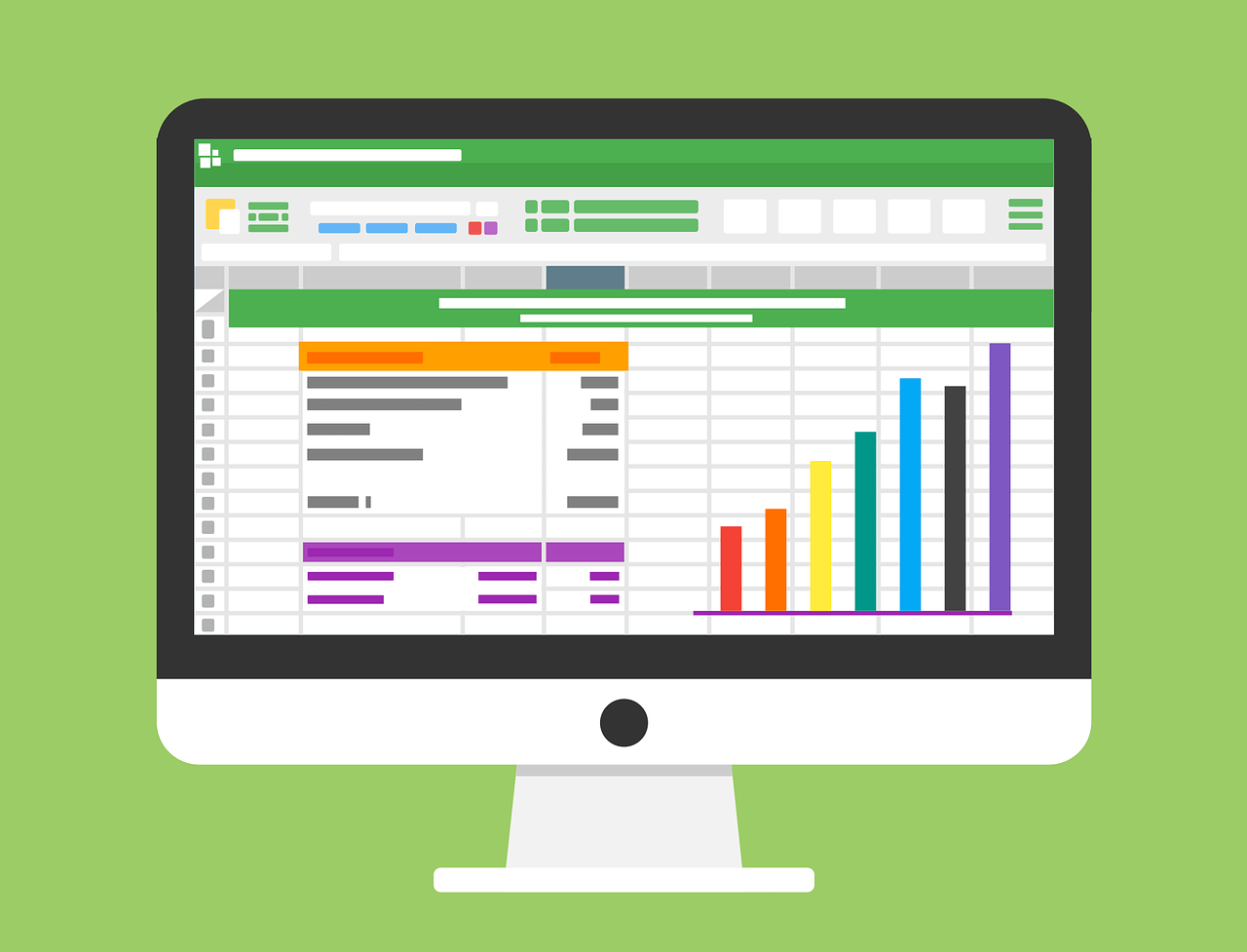- Home
- Online Teaching & Learning
- Using Data to Inform Teaching
Using Data to Inform Teaching
We use a lot of varying technologies inside of our teaching practices, and now with us developing more online content, we have access to a wide range of data to help inform our teaching practices. Using data can be beneficial when it comes to planning, adapting and embedding new content and ideas into curriculum designs.
If you would like to know how to gather information from various tools, you can find links at the relevant sections in the tabbed area below. Alternatively, you can find a collection of these helpsheets by visiting the Data Informed Student Support section of the resource hub by clicking here.

Potential benefits of using data to inform teaching
- Better understanding of the students
- Maximising attainment
- Making learning more effective
- Identify key barriers and can help to develop solutions
![Collecting Data Image text [Collecting data]](https://digitaleducation.lincoln.ac.uk/files/2020/10/5-1.png)
Below are a few ideas of how you can use different tools to collect data. This has links to other activity ideas from the ‘Teaching & Learning’ section of the website.
![Data sources banner Image text [what data sources are available?]](https://digitaleducation.lincoln.ac.uk/files/2020/10/Data-sources-banner.png)
Many of the applications at the University have access to data streams, and these can be used in a variety of different ways to support and develop teaching and learning. Below is a list of software, what data they can obtain and a link to support sheets to help you obtain that data.
Blackboard (Bb) is the University’s Virtual Learning Environment, providing an electronic space for staff and students to interact.
What data is available?
- Grade centre – The grade centre will allow you to run several reports:
- Summative
- Performance
- Formative
- Retention centre (engagement)
- Reports (engagement)
- Multiple choice question performance
Related resources & helpsheets
Helpsheet | Blackboard Activity Data – Perormance Dashboard | Web (opens in a new window)
Helpsheet | Blackboard Activity Data – Retention Centre | Web (opens in a new window)
Helpsheet | Extracting Module Activity Data with Site Reports | Web (opens in a new window)
Turnitin is the leading provider of text-matching software, designed to support students with their academic writing and assist in the detection of plagiarism.
What data is available?
- Summative (performance)
- Formative (progress)
- Writing quality (similarity)
- Application of knowledge
Related resources & helpsheets
Helpsheet | Turnitin Assessment Data and Feedback Engagement | Web (opens in a new window)
Panopto is our lecture recording system and every teaching space is Panopto-enabled. Panopto can also be used for recording teaching materials outside the classroom and for student submissions.
What data is available?
- Engagement with video(s)
Related resources & helpsheets
Helpsheet | Accessing Video Statistics in Panopto | Web (opens in a new window)
Helpsheet | Accessing User Level Statistics in Panopto | Web (opens in a new window)
Helpsheet | Accessing Module Level Statistics for Panopto | Web (opens in a new window)
Giving students information, such as ebooks, videos and audio clips (artefacts) can lead to it being an individual task with very little interaction. By using tools such as Talis Elevate, you can add interactivity and discussion to these elements
What data is available?
- Quantity and quality of engagement with materials
Related resources & helpsheets
Helpsheet | Talis Elevate Analytics Explore View | Web (opens in a new window)
Helpsheet | Talis Elevate Analytics Glimpse View | Web (opens in a new window)
Poll Everywhere enables users to create polls that work well for live audiences using multiple devices (laptop, tablet, mobile phone)
What data is available?
- Quantity and quality of engagement with materials
Related resources & helpsheets
Helpsheet | Poll Everywhere Reports: Accessing Engagement Data | Web (opens in a new window)
![Using Dashboards Decorative : Image title [Using Dashboards]](https://digitaleducation.lincoln.ac.uk/files/2020/10/4.png)
Dashboards, which is run by the Planning & Business Intelligence team, can help you gather a lot of information relating to past performance data, NSS results and other relevant areas. This is especially useful when doing a module evaluation or looking at areas such as personal tutoring.
![Formative assessment image title: [Formative assessment]](https://digitaleducation.lincoln.ac.uk/files/2020/10/5.png)
Using formative assessment or quick pulse checking activities can be really useful for gathering data, analysing the current level of understanding of your students and adapting your plan to support and develop students knowledge and application skills.
A lot of the elements mentioned below can be found in more on the content structure and checkpoints (click here to visit) part of our site. By using tools such as Blackboard – multiple choice questions, Poll Everywhere or Microsoft Forms, you are able to quickly and accurately test the students knowledge and gain insights into potential areas that might need improvement.
![Sharing videos/micro lectures image title: [Sharing videos/micro lectures]](https://digitaleducation.lincoln.ac.uk/files/2020/10/7.png)
Pulling data from videos can be really useful to see how often students are interacting with content. This data can help you identify which videos are being watched the most often (I.e. rewatching a lecture for revision purposes) but also when that video is being watched. By analysing this data it will help you understand how your students are using that resource and how it can be utilised more effectively. Panopto, our lecture recording software, will allow you to share videos, embed them inside of blackboard and analyse the usage of that video.
Related Resources & Activities
Below you can find a link to our Microlectures toolkit which will guide you through some key advice with how to use microlectures effectively
Digital Education Support Site | Microlecture toolkit | Web (opens in a new window)
![Improving assessment scores image text: [Improving assessment scores]](https://digitaleducation.lincoln.ac.uk/files/2020/10/8.png)
Turnitin data can be used to help support and develop students skills, by creating an assignment (formative or summative) you will be able to compare cohort data, see individual students performances over previous assignments and identify students that may need more support.

Now that the data has been collected, how can we act on this data and how can it be used to enhance teaching & Learning. The section below identify three core ways for data to be used and uses some guided questions for you to reflect on your own teaching practice.
Data can be used to help identify areas of challenge of misconceptions inside of taught sessions. The questions below can help you identify what further action you can take to support students with challenging areas.
- Have you identified common errors in quizzes, frequently re-viewed sections of Panopto, or recurring mistakes in student comments?
- What action could you take to challenge this?
- Could you consider offering focused virtual drop-in sessions specifically on individual elements of the topic, or polling students to see how they would like extra support.
You could try… Look at one of your core concepts and use some of the data colelctino methods above to measure understanding. You can use the questions above to help you work out your next steps to help support students.
Look at engagement data can be useful to identify common themes relating to when or how you students engage with content. Below are some guided questions to help you analyse and evaluate how your students currently engage.
- Have you identified students/groups that are showing low engagement with the learning resources?
- Have you identified a particular type of activity that students don’t engage with and how can this activity be altered to help the students engage more?
- How will you reach out to these students to offer support?
If you notice that one or two individual students are engaging with tasks, then this could be due to several factors which are worth considering:
- Does the student have any pastoral needs or support that needs to be put in place?
- Does the student have any specific learning difficulties that might hinder them accessing the information?
You could try… Pick one activity that the students didn’t engage with. Look deeper into the task and evaluate why students didn’t engage. You can use the guidance above to support you with this.
When looking at the module as a whole, it can be worthwhile to look at the types of activities that supported a lot of discussion and learning as well as identifying activities which could be improved. The guiding questions below can be a good start to identifying those key areas.
- Have you noticed low engagement on specific learning resources or common misconceptions among the majority of students?
- Were your instructions explicitly clear, with defined expectations of engagement and deadlines?
You could try…Take some time to reflect on your communication and instruction for students. What tasks did students need support with? What tasks/instructions were they given and are there any elements which could change to improve the activity.
![Image text [Blackboard]](https://digitaleducation.lincoln.ac.uk/files/2020/10/Blackboard-Button-300x150.png)
![Image text [Turnitin]](https://digitaleducation.lincoln.ac.uk/files/2020/10/Turnitin-button-300x150.png)
![Image text [Panopto]](https://digitaleducation.lincoln.ac.uk/files/2020/10/Panopt-Button-300x150.png)

![Image text [Talis Elevate]](https://digitaleducation.lincoln.ac.uk/files/2020/10/Talis-Elevate-B-300x150.png)
